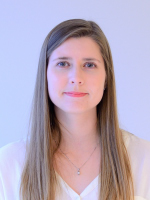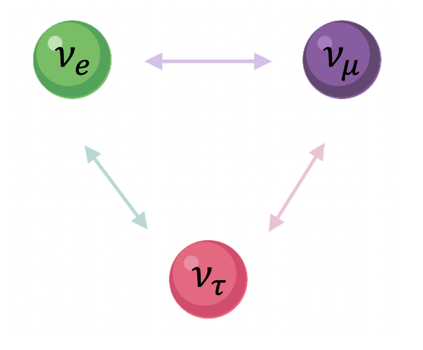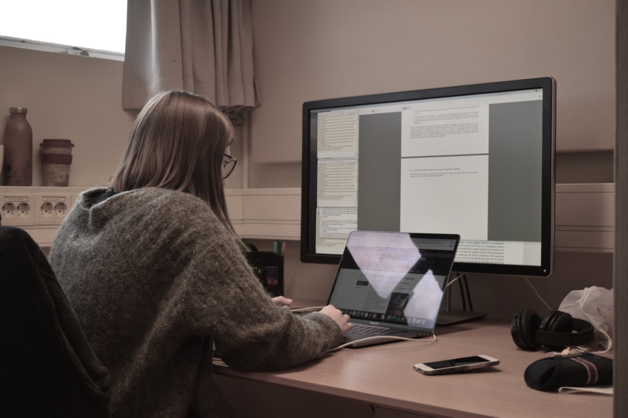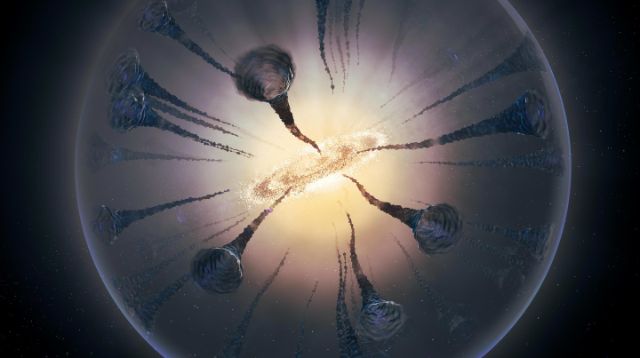
In September 2019 the Cosmology and Extragalactic Astronomy research group at the
Institute of Theoretical Astrophysics (ITA) welcomed a new PhD student: Renate Mauland-Hus. Renate moved from Sandnes, a city in the south-western part of Norway, to Oslo some years ago to do her bachelor’s and master’s degree in astronomy at the University of Oslo (UiO).
– I have been studying here in Oslo the whole time, and this is my first job after finishing my master’s degree in astronomy, Renate tells us.
Starting her PhD has been quite different from doing her master’s though.
– This is because I was mainly teaching the first semester, which was fun! The second semester I started working on my project, and I am currently implementing neutrinos in the RAMSES N-body code, she says.

Towards alternative cosmological models.

The launch of the ESA's Euclid satellite is one of the events most awaited by the cosmological scientific community.
– I will try to find model parameters and combinations of models that present a viable alternative to the ΛCMD model, and that can be distinguished using Euclid observations. I will focus on modified gravity (MG) with massive neutrinos.
– What scientific method will you use?
– At first, I will use N-body simulations and implement massive neutrinos in the already existing RAMSES MG code. I will later use theoretical methods for modelling observables, and finally more realistic galaxy catalogues made to agree with Euclid specifications for the final stages, Renate explains.
The only place in Norway to study astrophysics
– Since I am from Norway, I have not travelled that far, but I came to Oslo because it was the only place in Norway where I could study astrophysics.
– What is your experience at ITA so far?
– The people at ITA are really nice, and I also enjoy living in the city, comments Renate.

– Any expectations?
– I hope to have learned a lot by the time I finish my PhD, and to have contributed to the scientific community in some way. I hope that I get to meet interesting people and that I stumble upon something intriguing within my research.

